Why Trieste Deserves a Spot on Your Italy Itinerary
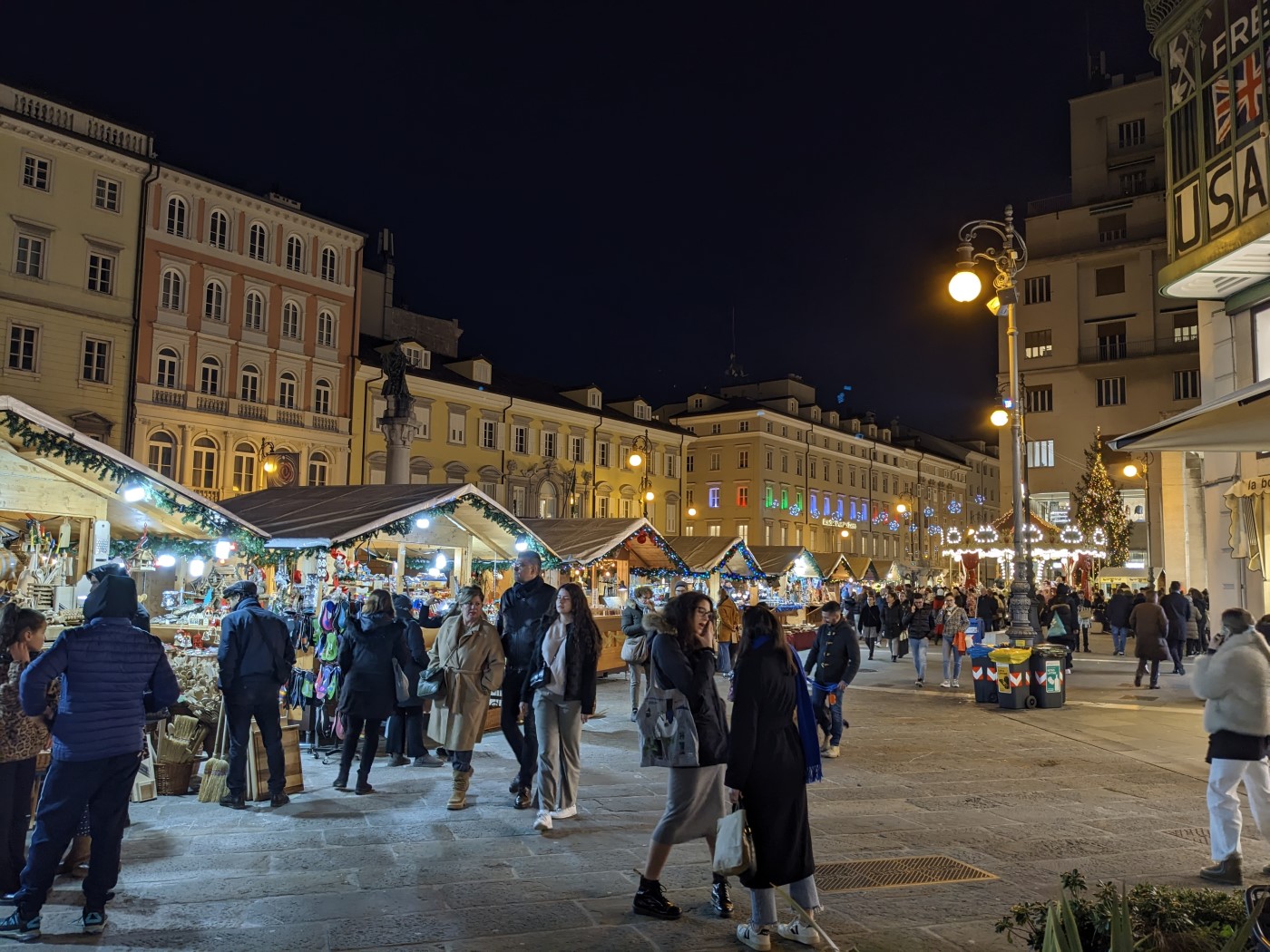
I love coffee, I love strudel, and I love prosciutto crudo, and there is no better place for all three of these than Trieste. So, when my son was accepted to study at the University of Trieste, I said to my husband, "Let's move to Trieste for a few years." Add the fact that Trieste is considered the best place to live in Italy, and the decision was a no-brainer. We agreed, packed up, and moved.
Once we'd settled in, we all fell in love with this great city. It is absolutely amazing with so much to offer, and nobody much knows about it. I'm so excited to share this "secret city" with you, and only you; don't tell anyone else about it.
Let's go explore...
So, why is Trieste so wonderful?
James Joyce, the famous Irish writer, absolutely loved the city and made it his home, and I completely understand why he loved it so much. With stunning coastal views, the best coffee scene in Italy, ancient castles, and historic cafés, Trieste is an intoxicating blend of the best of Italy spiced up with Austrian flavors and Eastern European touches. It inspired James Joyce to write his best books about life in Dublin... while living here.
In the center of town, you can walk in any direction, and, in the space of twenty minutes, you might find yourself alongside a grand canal reminiscent of Venice, admiring a Roman theater, strolling boulevards lined with cafes, gazing out to sea on the walls of a hilltop castle, or lost in the narrow streets of an old town that is so like Vienna. Few other cities in Italy offer anywhere near that sort of variety.
Where to Stay
Trieste is a little limited when it comes to hotels. I guess it is as a result of the city not being on the follow-the-herd tourist route, so you'll not find the vast range of hotels you'll find in Florence, Venice, Rome, or on the Amalfi Coast. The few that exist are often dated and a bit ragged at the edges.
There are a few exceptions, though, and the best of them all is the Savoia Excelsior Palace Hotel. It's a four-star hotel but better than many a five-star hotel. The location is Prime Position, with sea views and the old town on your doorstep.
A more affordable option, in a central location, is the Hotel Italia.
What to See
Start in Piazza Unità 'Italia
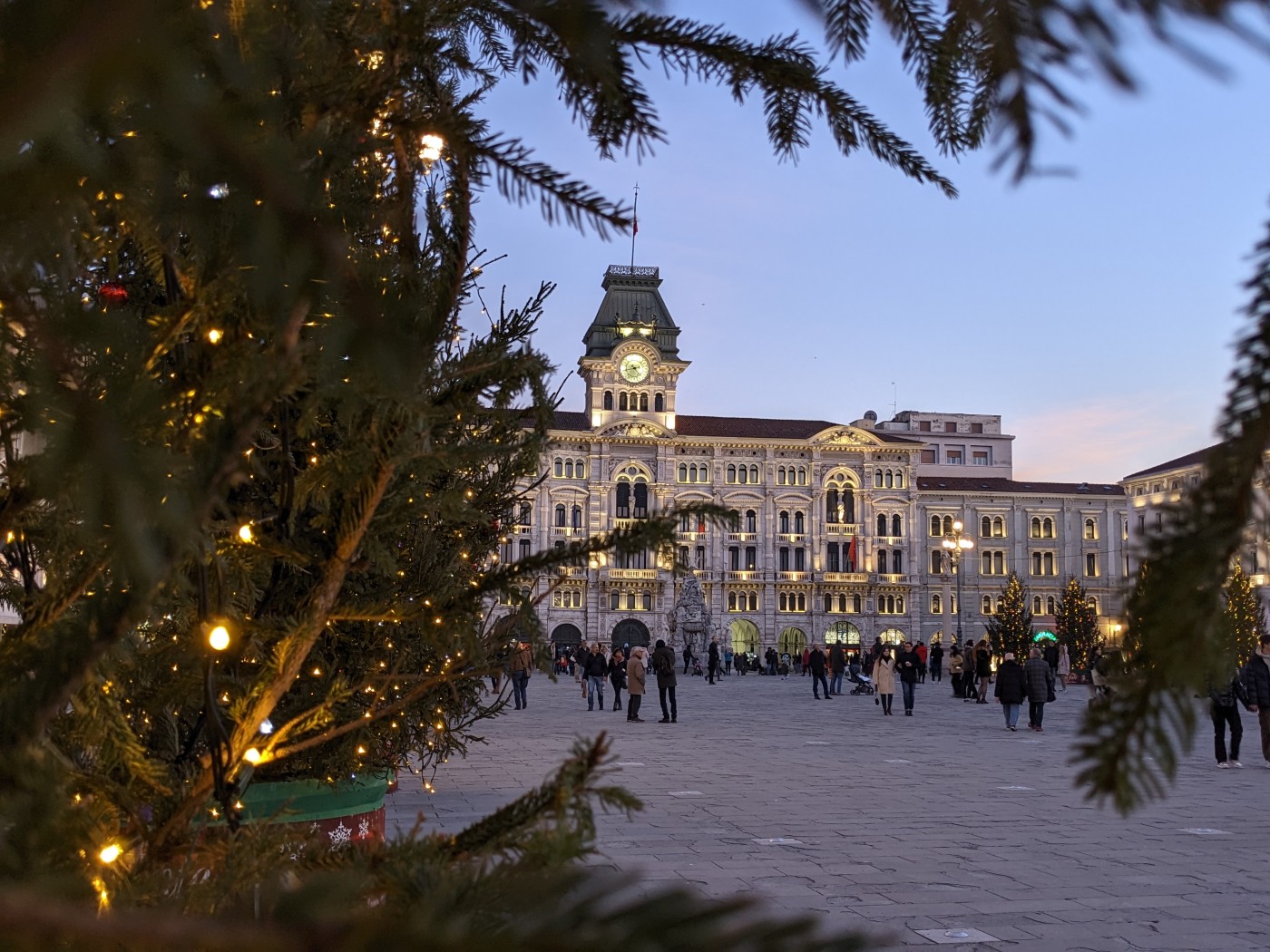
They say that Trieste’s soul can be found in Piazza Unità d'Italia, and they are right. This is the city’s heart and soul, as well as the largest sea-facing square in Europe. Surrounded by stately buildings that remind me of Viena, the square opens out onto the Adriatic Sea in a breathtaking view.
The grand Palazzo del Municipio, Palazzo del Governo, and the historic Caffè degli Specchi define this space. I love Caffè degli Specchi. There's something magical about sitting at Caffè degli Specchi with a coffee and watching the world go by. You can almost feel the history of Trieste unfold around you, and, just for a moment, you are a part of that, writing new histories as you sip.
Trieste’s Old Town: A Stroll Through History
Exploring Trieste’s Old Town is something I'll never get tired of doing. It’s the part of Trieste where you feel the heartbeat of the city’s history.
Start your journey at Piazza Cavana. This lively square is surrounded by colorful buildings, cozy cafés, and artisan shops. It’s the perfect place to grab a coffee and people-watch before heading deeper into the old streets. From here, wander towards the Arco di Riccardo, an ancient Roman arch that’s more than 2,000 years old.
Strolling along Via Cavana, you’ll come across charming trattorias and osterias, where locals gather for a glass of wine and a plate of jota, Trieste’s hearty bean and sauerkraut soup. This street embodies the essence of Trieste—colorful, laid-back, and full of life.
Nearby is the Serbian Orthodox Church of St. Spyridon, with its distinctive domes and intricate mosaics. It is one of the loveliest churches in Trieste.
One of the most impressive buildings in the Old Town is the Palazzo Carciotti. This elegant 19th-century palace, with its neoclassical style and grand columns, recalls Trieste’s days as a major trade hub. It is still the biggest port in Italy in terms of freight volumes, and nearly all of the coffee beans that go to make the espresso drunk throughout Italy still go through this port.
Don’t miss the Museo Revoltella, a highlight for art lovers. Housed in a grand 19th-century palace, the museum boasts a stunning collection of modern and contemporary art. It’s not just the paintings inside, it’s the building itself that’s a masterpiece!
Another favorite of mine in the Old Town is Piazza della Borsa, once the financial heart of the city during its Austro-Hungarian period. Piazza della Borsa has this unique energy, a blend of history and modern life all swirling together, It's the kind of place where you can sense how powerful and important Trieste once was.
The Old Town isn’t just about grand buildings and history, though. It’s also about the little moments that make Trieste so special. One of my favorite things to do is simply wander and see what surprises I stumble upon. Whether it’s a hidden courtyard draped in vines or a street musician playing on a quiet corner, the Old Town offers an endless stream of delightful discoveries. Every step you take here reminds you of how deeply rooted this city is in history, and yet how alive it still feels.
If you’re lucky, you might catch a glimpse of one of Trieste’s many cats lounging in the sun, as they’ve practically claimed the Old Town as their own. Trieste’s cats seem to know this city better than anyone—they’ve certainly made it their kingdom!
Castello di Miramare: A Fairytale on the Adriatic
A short drive from the city center is the Castello di Miramare, perched dramatically on a cliff overlooking the sea. Built in the mid-19th century for Archduke Ferdinand Maximilian of Austria, the castle feels like it was plucked straight from a fairy tale.
The castle's interior is very well preserved and full of Habsburg charm, but it’s the lush gardens and panoramic views of the Gulf of Trieste that steal the show.
These gardens, designed by Maximilian himself, feature a variety of trees and exotic plants sourced from all over the world, making for a relaxing and scenic walk. You can meander through perfectly manicured lawns, winding pathways, and tranquil fountains, which add to the sense of serenity in the estate.
The views here are nothing short of breathtaking. Standing on the castle’s terrace, you’ll see the blue of the Adriatic stretch out endlessly before you. From the terrace, the view of the sea is nothing short of magical, with the castle seemingly perched on the edge of the world, surrounded by the vast expanse of the Adriatic. On clear days, you can see the distant Alps, and the sunsets from here are a spectacle all their own—perfect for ending a peaceful stroll through the gardens.
A Tragic Love Story
Miramare Castle is not just a lovely castle—it’s also the setting of a love story worthy of a tragic romance, much like Romeo and Juliet.
At the heart of the tragic tale are Archduke Ferdinand Maximilian of Austria and his beloved wife, Charlotte of Belgium. When Maximilian first visited the site of what would become Miramare, he fell in love not only with the landscape but also with the idea of building a dream home here for his new bride. Together, they envisioned a castle overlooking the Adriatic, a place where they could live happily ever after. Their love blossomed, and the castle became a symbol of their devotion.
The couple shared idyllic moments at Miramare, with Charlotte often accompanying Maximilian as he meticulously oversaw the construction of their new home. The beautiful, lush gardens they designed together are a testament to their shared vision. But like the fated lovers of Shakespeare’s play, their love story was not destined for a happy ending.
In 1864, just a few years after the completion of the castle, Maximilian was persuaded to accept the title of Emperor of Mexico, a position fraught with political turmoil. Against Charlotte’s wishes and better judgment, he left the comfort and safety of Miramare for an empire he knew little about. Not long after, his reign ended in tragedy when he was captured and executed by Mexican forces in 1867.
The grief-stricken Charlotte, now a widow, returned to Europe but could never recover from the loss. She fell into a deep depression and began to show signs of severe mental instability, convinced that Maximilian was still alive. Her sorrow, much like Juliet’s despair over Romeo, consumed her. She would spend the rest of her life in isolation, far from the beloved castle they had dreamed of sharing.
San Giusto Castle and Cathedral
The walk through the old neighborhoods of Trieste to San Giusto Castle and Cathedral is a must. Set atop a hill overlooking the city, this 15th-century castle offers stunning views of Trieste and the surrounding sea. Wander through the castle’s ramparts, and you’ll see why it’s one of the best spots in the city to capture panoramic photos.
The Lapidario Museum (Civico Museo Lapidario di Trieste), located within the Castle of San Giusto, is one of Trieste's hidden gems, particularly for those with an interest in ancient history and art. The museum showcases a fascinating collection of Roman and medieval stone artifacts, including inscriptions, sarcophagi, and statues that date back centuries.
One of the most significant figures associated with the museum and Trieste is Johann Joachim Winckelmann, the renowned German art historian and archaeologist, often regarded as the father of modern archaeology and art history. Winckelmann lived in Trieste in the 18th century and was a key figure in promoting classical Greek and Roman art. Tragically, his life came to a sudden end in Trieste when he was murdered in 1768 under mysterious circumstances while staying at an inn.
Right next door, you’ll find the San Giusto Cathedral, an ancient blend of Romanesque and Gothic architecture, adorned with beautiful mosaics. I always feel a sense of peace in San Giusto Cathedral, It’s a beautiful place to reflect and soak in the history of Trieste.
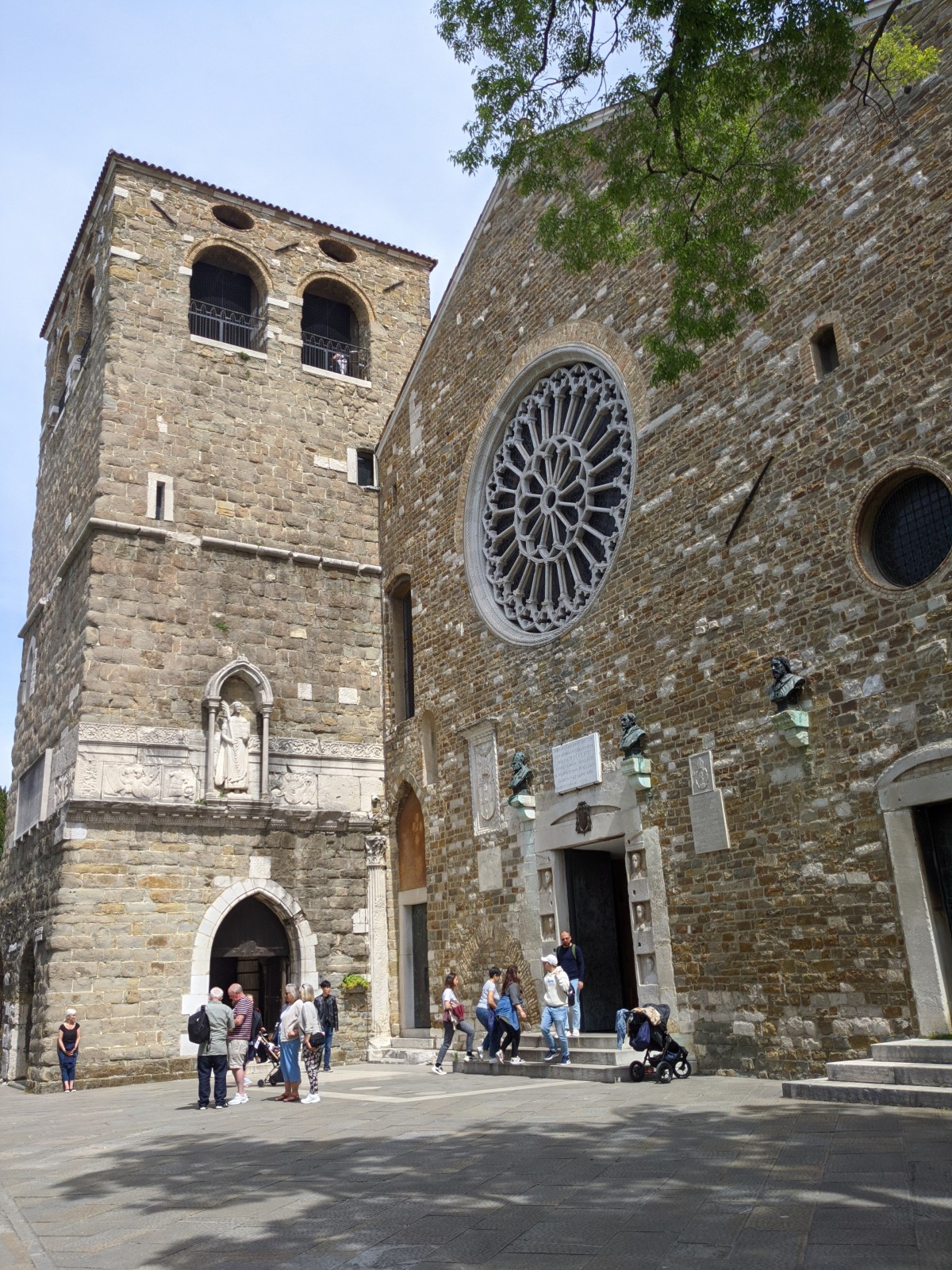 San Giusto Cathedral
San Giusto CathedralParks in Trieste
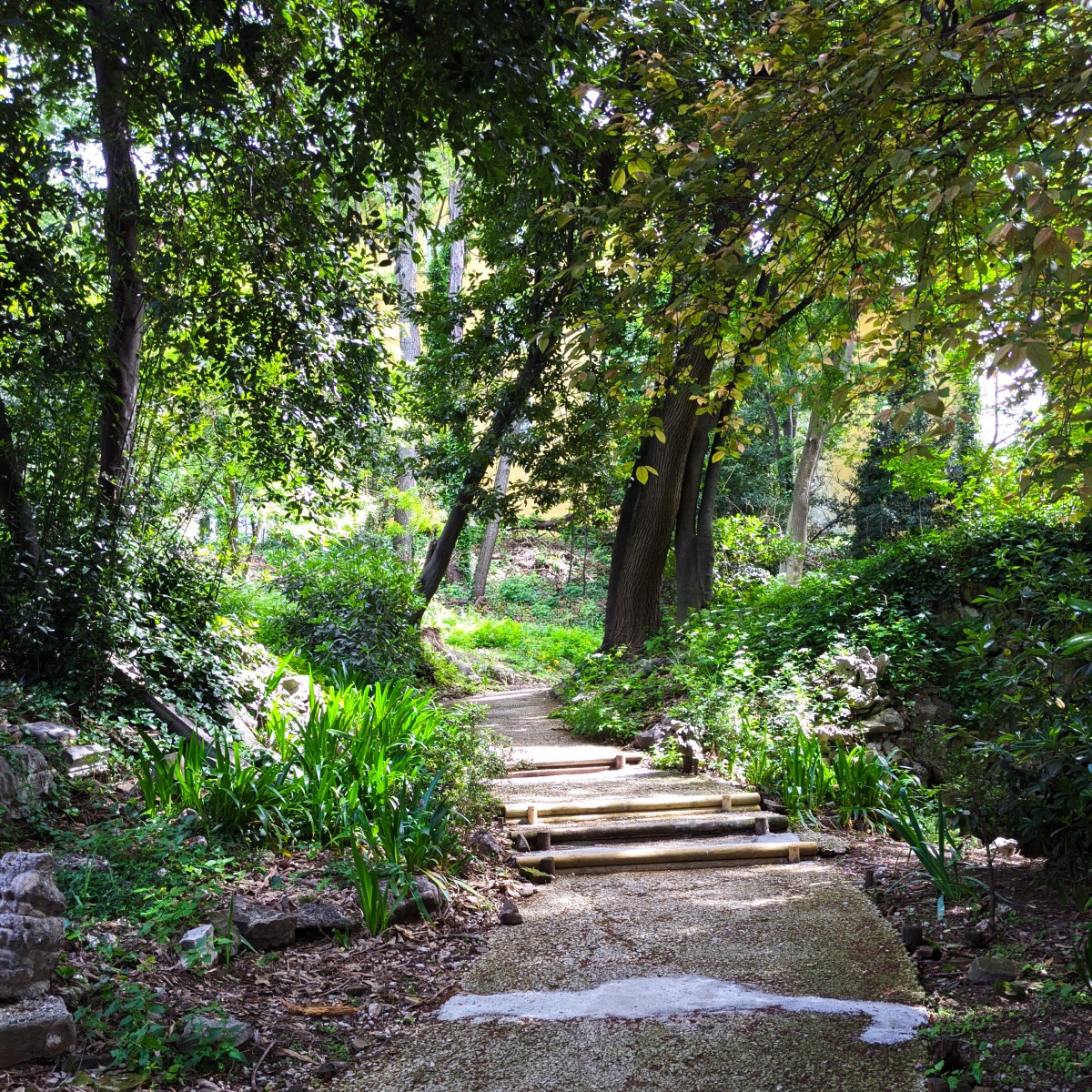 The Giardino di Via San Michele
The Giardino di Via San MicheleSadly, Trieste has few parks right in the central city. There are many wonderful parks on the outskirts, like the Miramare Castele Gardens I mentioned previously, and others like the rose gardens of Roseto di San Giovanni and the immense Parco Farneto, known locally as Boschetto, which is a large woodland that’s ideal for an escape into nature right on the doorstep of the city.
In the city itself, my favorite is The Giardino di Via San Michele. It is just below the San Giusto Cathedral and is wonderful—offering a tranquil escape into shady coolness on a hot summer's day.
Nearby is the Parco della Rimembranza, offering not only green spaces and tranquility but also panoramic views over the city and the Gulf of Trieste. The park was established as a memorial to the fallen soldiers of World War I, and many of the paths are lined with stone monuments and plaques commemorating those who lost their lives.
The Roman Theater
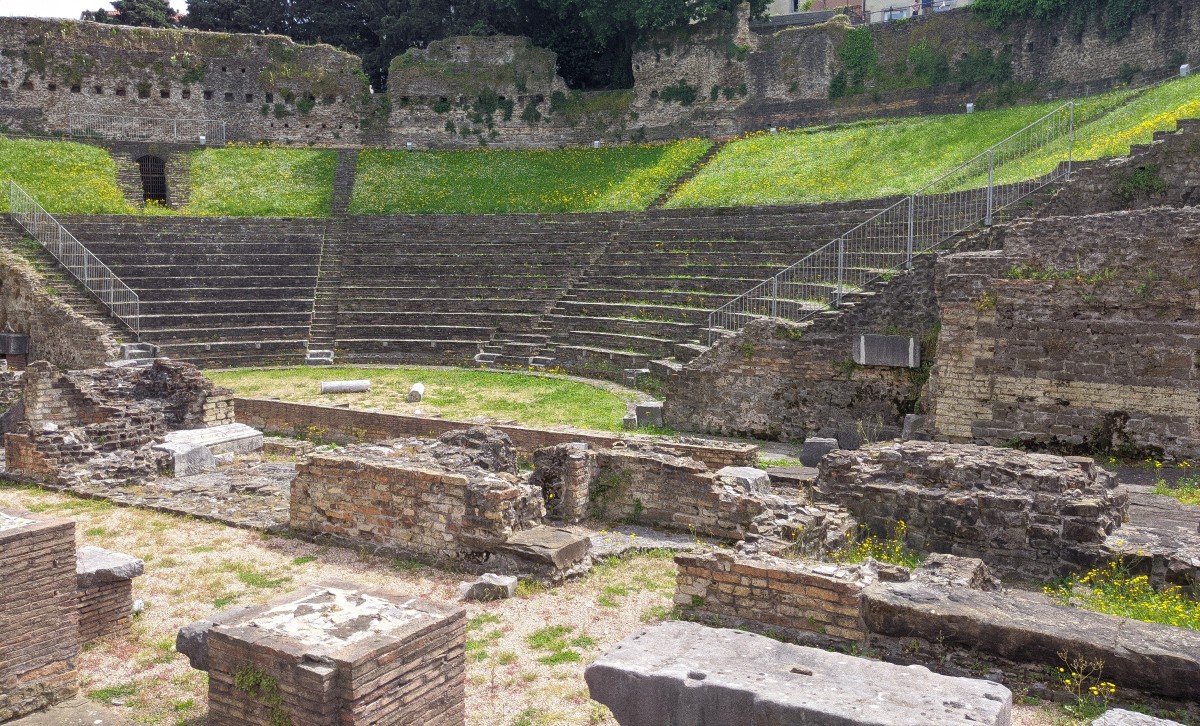
Right in the middle of modern Trieste lies a relic from its Roman past—the Roman Theater. Dating back to the 1st century AD, this open-air theater once seated around 6,000 people for public performances. Today, it’s still used for events and festivals, blending ancient history with contemporary culture.
This theater is such a reminder of how old Trieste really is, it’s incredible to think about the people who sat here, watching performances two millennia ago.
The Canale Grande: Trieste’s Waterfront Gem
A stroll along the Canale Grande is a must. Designed in the 18th century to allow ships to unload their cargo directly into the city, today it’s one of Trieste’s most charming areas. Lined with restaurants and cafés, the canal is also home to the statue of James Joyce, a nod to the famous author’s time living in Trieste.
At one end of the canal, you’ll find the striking Church of Sant’Antonio Nuovo, while the nearby Serbian Orthodox Church of San Spiridione adds a beautiful touch of eastern European architecture to the scene. The canal is a perfect spot for an afternoon stroll or a relaxing coffee.
The World's ONLY Funicular Tram
Unique and a symbol of Trieste, featured on postcards for many decades, is the funny old Opicina tram/funicular that leads you from the center of the city up increasingly steep slopes until the tram turns into a funicular, leading to the little village in a city, the "suburb" of Opicina.
About the Tram
The Opicina Tramway (or Tram de Opcina, as the locals say) is no ordinary tram. It starts like any other streetcar, rolling gently through Trieste’s streets… But then things get interesting. As the hills rise sharply, the tram becomes a hybrid funicular—assisted by a cable system and a pushing wagon that helps it manage the steep incline. It’s like stepping into a piece of vintage Italy, a mix of nostalgia and ingenious engineering.
It’s been rattling up and down the hill since 1902 and is beloved by locals and visitors alike. The views? Bellissima! As you ascend, the Gulf of Trieste glitters below, and on a clear day, you might even spot Slovenia in the distance.
About Opicina
Opicina is where time slows down. Perched high above the city, this charming little suburb feels more like a Carso village than part of bustling Trieste. You’ll find old stone houses, peaceful walking paths through pine-scented woods, and cozy cafés where locals greet you with a nod and a smile.
Many Triestini come up here for a breath of fresh air, a scenic walk, or a coffee with a view. It’s the perfect escape from the city without ever really leaving it.
Risiera di San Sabba: A Somber Visit
While Trieste has a vibrant and colorful history, it’s important to remember its darker chapters too. Risiera di San Sabba, a former Nazi concentration camp, is now a memorial to the victims of World War II. It’s a powerful place to reflect on the atrocities of the past and pay respects to those who suffered.
Beaches Near Trieste: Sun and Sea
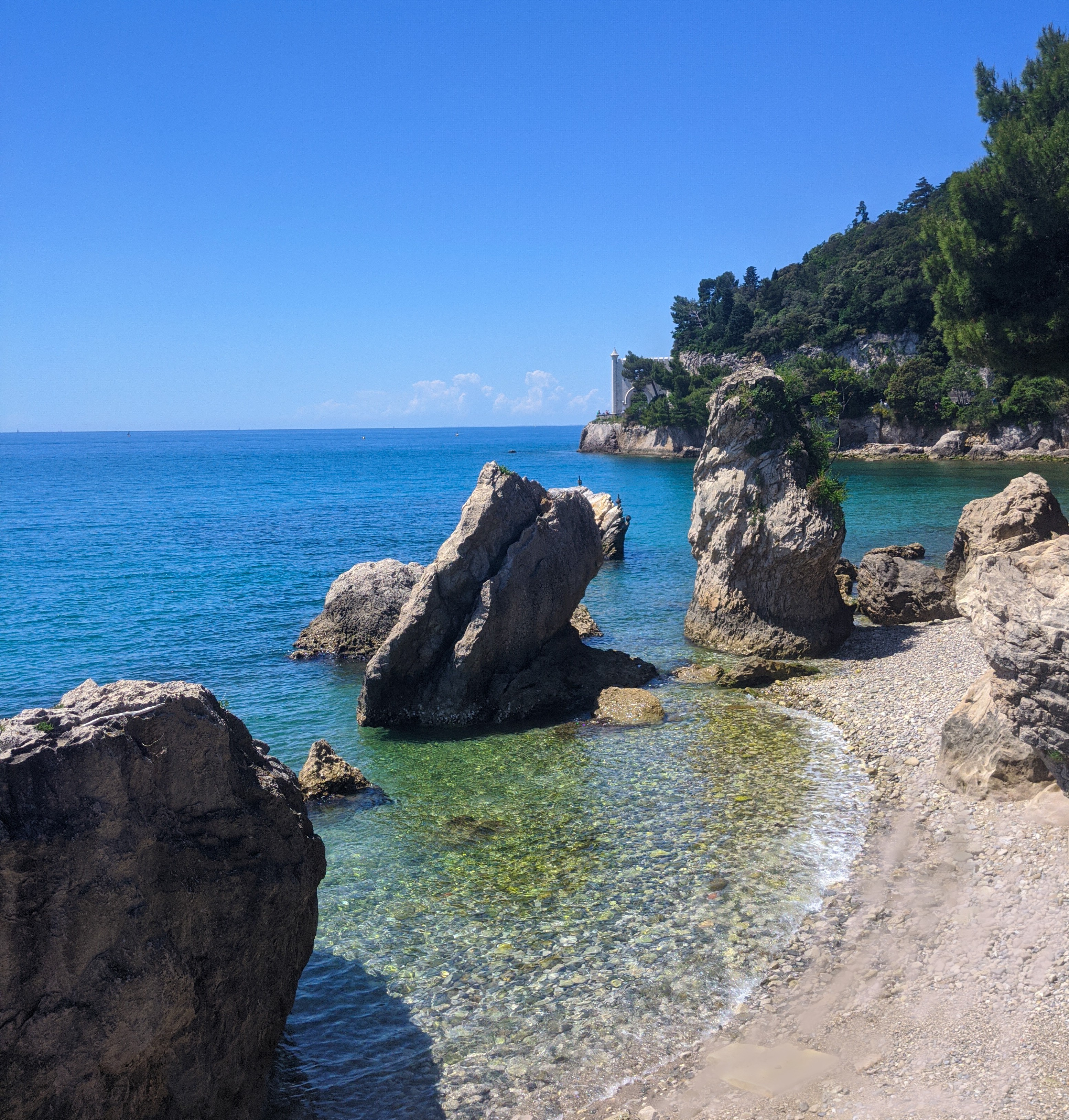
While Trieste isn’t known for its sandy shores, it boasts several lovely seaside spots along the Adriatic. Barcola is the most popular area, located just a few kilometers from the city center. This rocky promenade is perfect for swimming and sunbathing, especially if you enjoy a laid-back, local atmosphere.
If you're seeking something different, Trieste offers a segregated beach known as "La Lanterna" or Pedocin. Here, men and women swim separately—a quirky tradition dating back to the 19th century. It’s a unique experience and beloved by locals.
For a more traditional beach outing, head to Sistiana Bay. About 20 minutes from Trieste, this charming cove is surrounded by cliffs and offers a mix of sandy and pebbly beaches, ideal for families or a quiet escape. The crystal-clear waters are perfect for a relaxing swim, and there are several bars and restaurants nearby to enjoy a seaside meal.
What and Where to Eat
You'll find the Italian classic dishes all over Trieste, but the best is to try the local cuisine, which is a unique treat, a fusion of Italian, Balkans, and Austrian favorites into a glorious taste sensation.
Of course, this is the coffee capital of Italy, and Italy's most famous coffee brand, Illy, calls Trieste home. You will never have a bad cup of coffee in Trieste, but you do need to be aware that the traditional coffees, like a cappuccino, are often a little different in Trieste, and others have different names.
Popular types of coffee include:
- Il nero: An espresso, known elsewhere as “un caffè.”
- Il capo: A macchiato, topped with foamed milk.
- Il capo in b: Macchiato served in a glass.
- Caffè latte: Similar to a latte, often ordered in the morning.
Cappuccinos in Trieste differ from the typical Italian style; they tend to be smaller and often have less froth.
Pastries too are out of this world. Here are some of the best places to enjoy pastries in Trieste:
Pasticceria Penso
One of the most iconic pastry shops in Trieste, Pasticceria Penso is renowned for its traditional pastries, especially Putizza, a Triestine cake filled with dried fruits and nuts, and Presnitz, a rolled pastry with a similar filling. Established in 1919, this family-run shop is a local institution.
Pasticceria La Bomboniera
Founded in 1836, La Bomboniera serves classic Austro-Hungarian pastries like Sacher Torte, Kipferl, and Strudel. Its historical atmosphere and the variety of delicious, old-world pastries make it a must-visit.
Pasticceria Caffè Pirona
Pirona is famous for being James Joyce's favorite haunt when he lived in Trieste. The bakery is known for its traditional Triestine and Viennese pastries, such as Fave dei Morti (almond cookies) and Kugelhupf (a Bundt-style cake), blending rich flavors with history.
Zenzero e Cannella
For those seeking modern, artisan pastries, Zenzero e Cannella offers beautifully crafted cakes, tarts, and macarons. It's known for fusing Italian and European pastry traditions with contemporary flair.
Caffè degli Specchi
Not only a café but also a great spot for pastries, Caffè degli Specchi is located in Piazza Unità d'Italia. With its elegant setting and a wide selection of pastries, it’s perfect for enjoying a morning brioche or a slice of Sacher Torte while taking in the views.
When to Visit Trieste
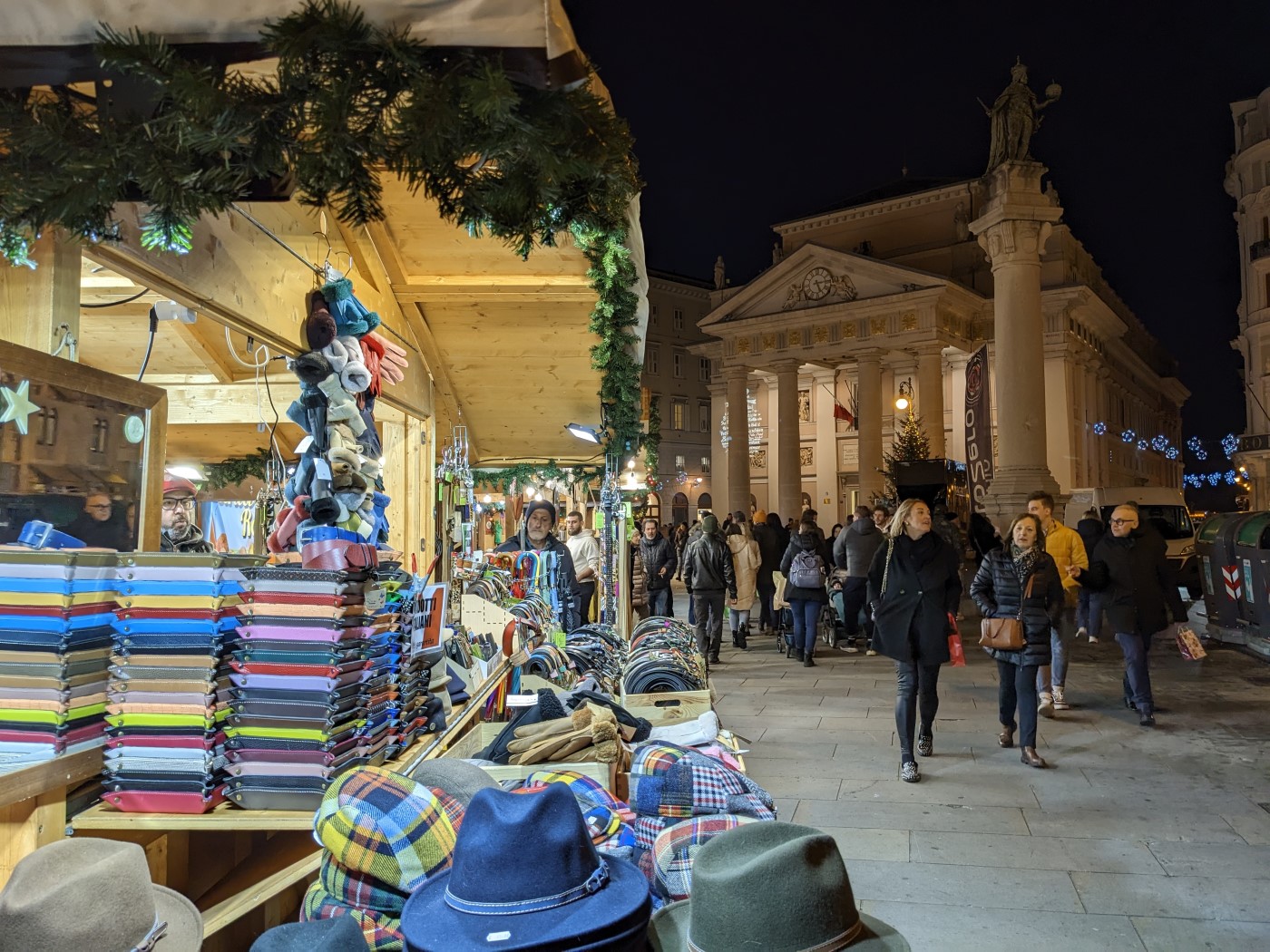
Trieste is an incredible destination all year round. During the spring, summer, and early autumn, you've got the beaches, pavement dining and wine tastings at vineyards on the hills around the old-town.
In winter, the heart of the city turns into a winter wonderland. Like something out of a children's fable, the streets are lined with Christmas markets, ice skaters zoom around the outdoor ice rink in Piazza Unità d'Italia, and I get all Christmassy and happy watching them while sipping on a glass or two of "Caldarrosta," often called Vin Brûlé in Italy. Caldarrosta is made from red wine heated with spices such as cinnamon, cloves, nutmeg, sugar, and sometimes orange slices, and I have yet to find a better way to warm up while wandering around outdoor markets on a chilly winter's evening.
So, my advice, when it comes to deciding when to visit is to come on over whenever you can. It is always a great time to visit Trieste.
Day Trips from Trieste
Udine is only a little over an hour by train from Venice, and it is fabulous. Nobody has ever heard of Udine, and before I moved to Trieste, I had never visited either. I wasn't expecting much, but I was literally blown away by this little city; it is one of the loveliest smaller cities I have visited anywhere in Italy. You absolutely must visit.
Just a short boat ride away is Muggia, a charming little coastal town with a distinctly Venetian feel. Its narrow streets, pastel-colored houses, and quiet harbor offer a perfect escape from the bustle of Trieste. The seafood here is incredible, and it's the ideal spot to enjoy a leisurely lunch by the sea. Every chance I get, I head to Muggia. Here's everything you need to plan your visit to Muggia.
Grotta Gigante is a must-see. Located just outside the city, this is one of the largest accessible caves in the world. Inside, you’ll be amazed by its massive stalactites and stalagmites. The sheer scale of the cave is jaw-dropping. Walking through those huge chambers makes you feel so small in the best possible way.
A day trip to Palmanova offers a fascinating glimpse into history. Known as the "star-shaped city," this UNESCO World Heritage site was built in the late 16th century as a military fortress. Explore the Piazza Grande, the heart of Palmanova, and its surrounding walls, which offer panoramic views of the region.
Head to Grado, a seaside town just 40 minutes from Trieste. Known as the "Island of the Sun," Grado offers sandy beaches, charming canals, and a delightful old town. You can relax by the sea, enjoy fresh seafood, or wander through the narrow streets of the historical center. Grado also has a fascinating history, with the Basilica di Sant'Eufemia showcasing beautiful mosaics from the 6th century.
Lake Bled: A Fairytale Day Trip is just under two hours from Trieste and is truly worth the journey. Nestled in the Julian Alps, the lake’s iconic island, complete with a charming church, and the towering Bled Castle make for a picture-perfect scene. You can take a traditional pletna boat to the island, enjoy a hike around the lake, or simply take in the stunning views from the shore. Don’t forget to try the famous Bled cream cake (kremšnita) at one of the local cafés—it's delicious!
Getting to Trieste
Getting to Trieste is really easy; there are hourly trains from Venice; the faster ones take around 90 minutes. If you are traveling from the UK, Spain, or Germany, then you can fly into Trieste's Ronchi dei Legionari Airport.
By road, Italy's main east-to-west highway, the A4, connects Trieste to Venice. The drive is a pleasant one along a very well-maintained toll road. If you aren't in a rush, then a stopover in Grado and/or Palmanova is a good idea. I mentioned both these towns in the day trips from Trieste section above.
Please Book with Us... Maria here, if you enjoy my site I'd love your support.
Simply book your next trip anywhere (not only to Italy) via the link below or with any of the hotel links on the website.
You'll get the best deal available and the income I receive helps me to remain independent and to keep bringing you more of beautiful Italy.
More Travel Tips:
- Book your tickets to museums and other attractions in advance on Tiqets.com
- Book your accommodation. Booking.com and Agoda help you to book accommodation in advance
- Book your excursions. Wherever you go, make the most of your time! Excursions with professional guides will help you do this - choose a location and the best option for yourself on Viator or Getyourguide
- Book your car. At least a month before is best. Use Discover Car Hire.
- Cash Back on Flights: Great deals & money back with WayAway
- Get peace of mind when traveling. Get insured with VisitorsCoverage.com
- Home
- Trieste Italy
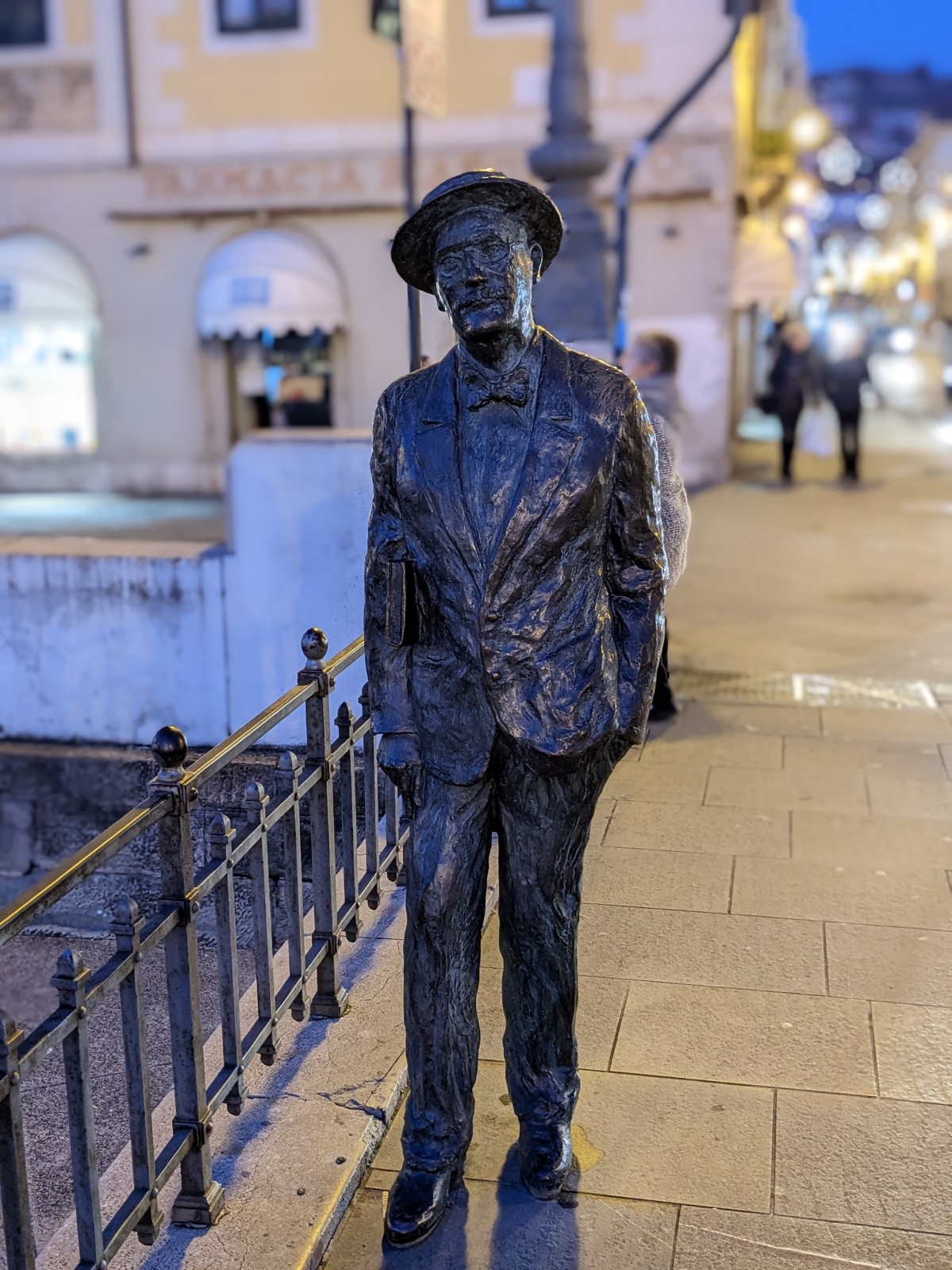
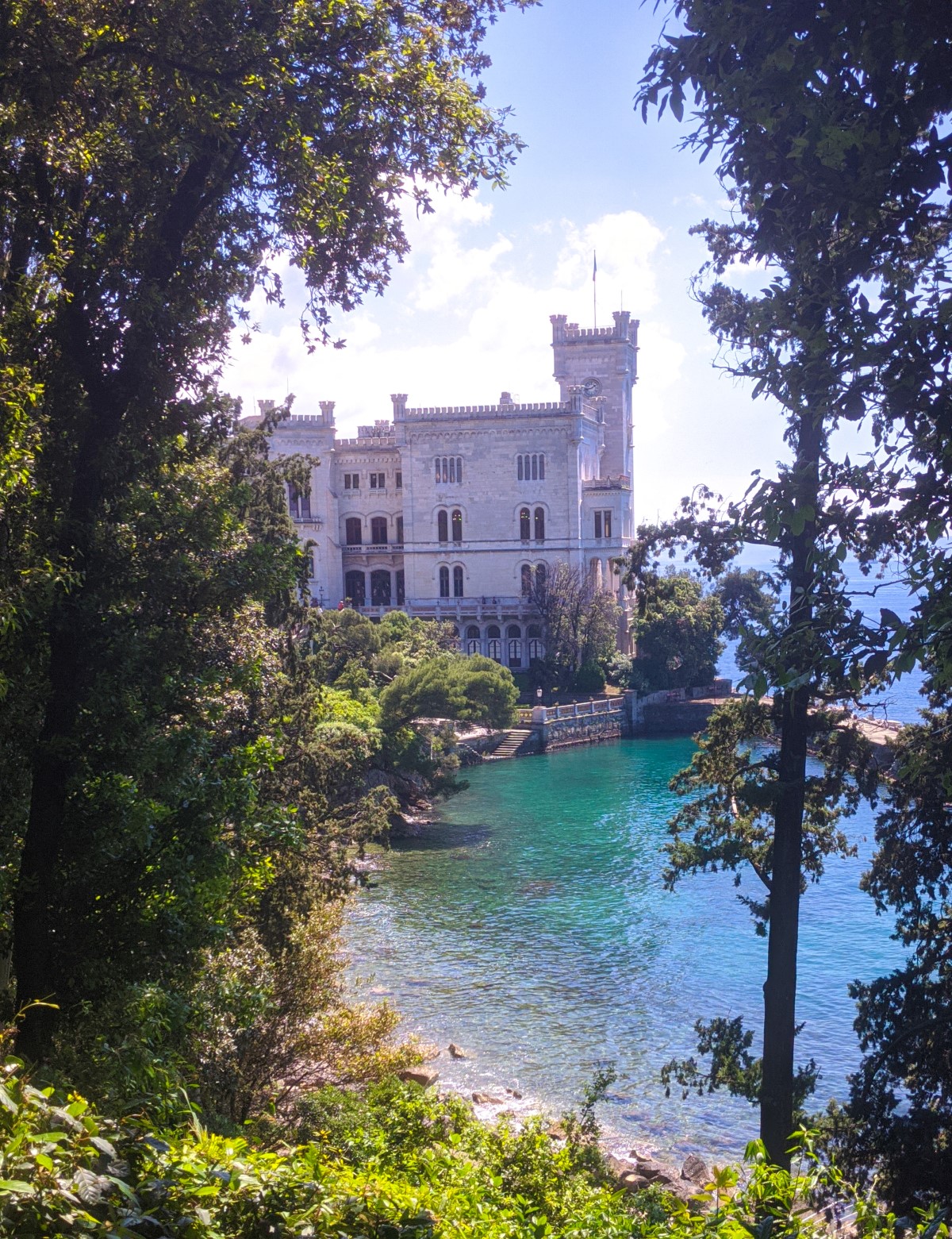
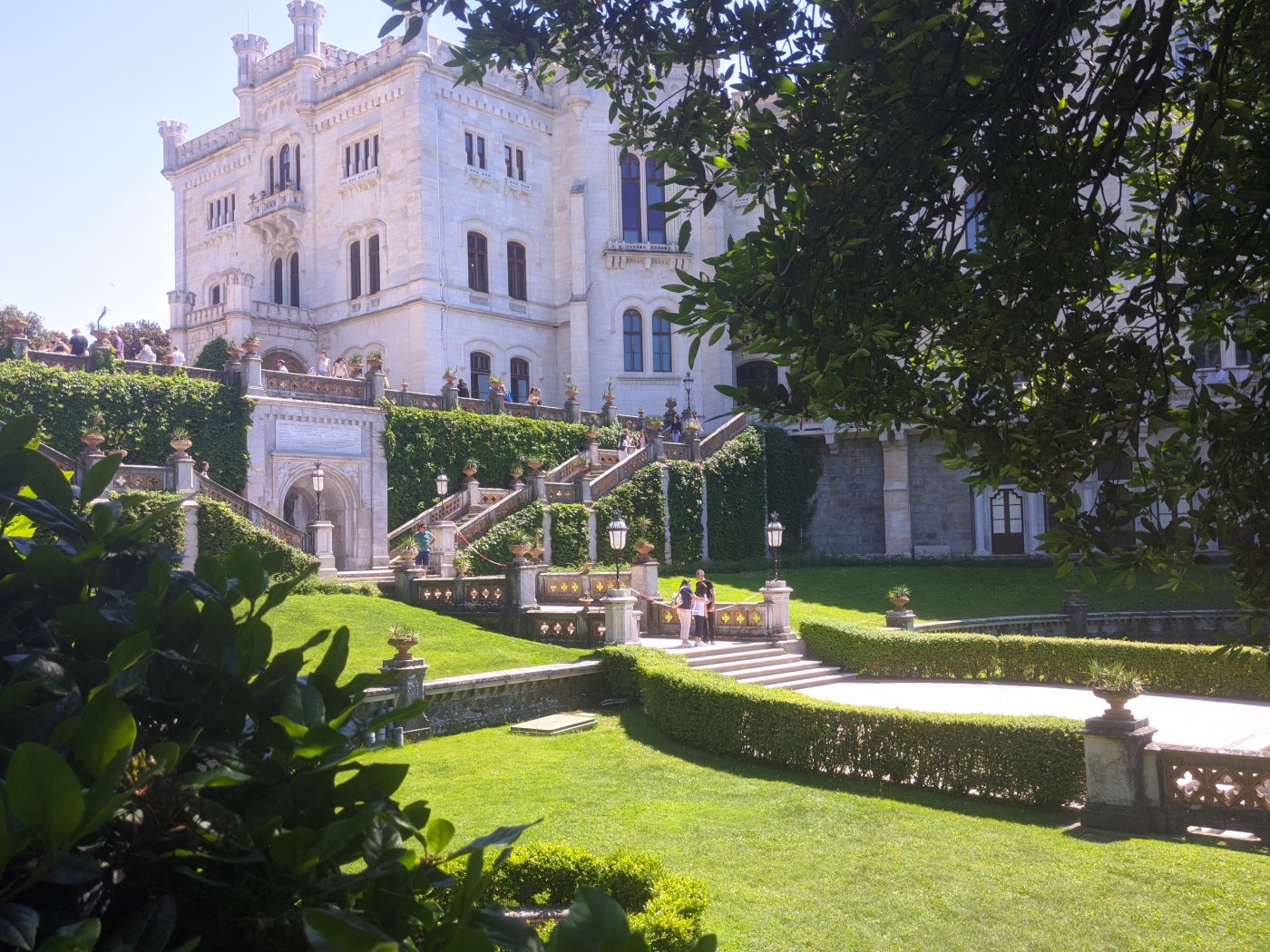
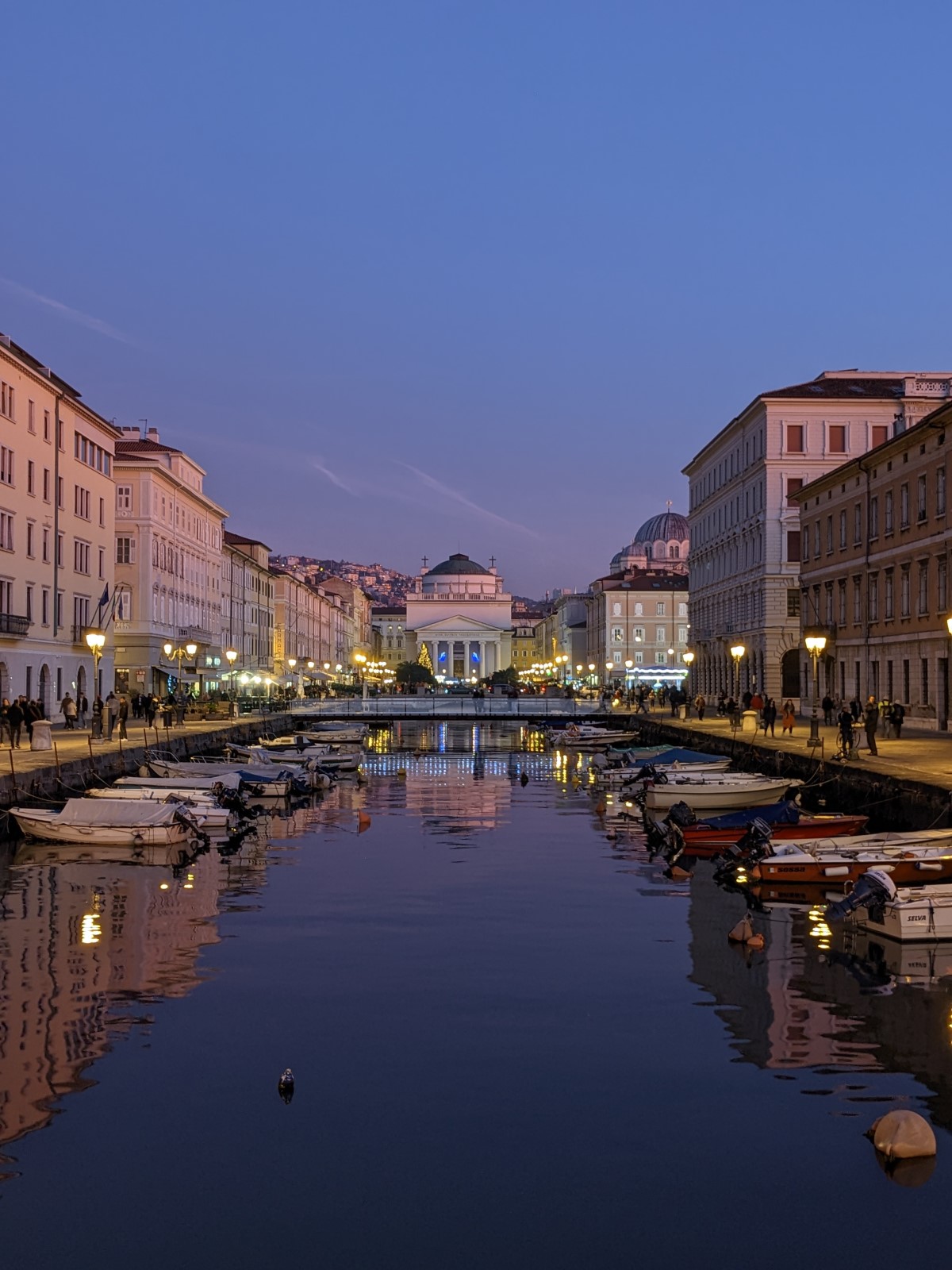
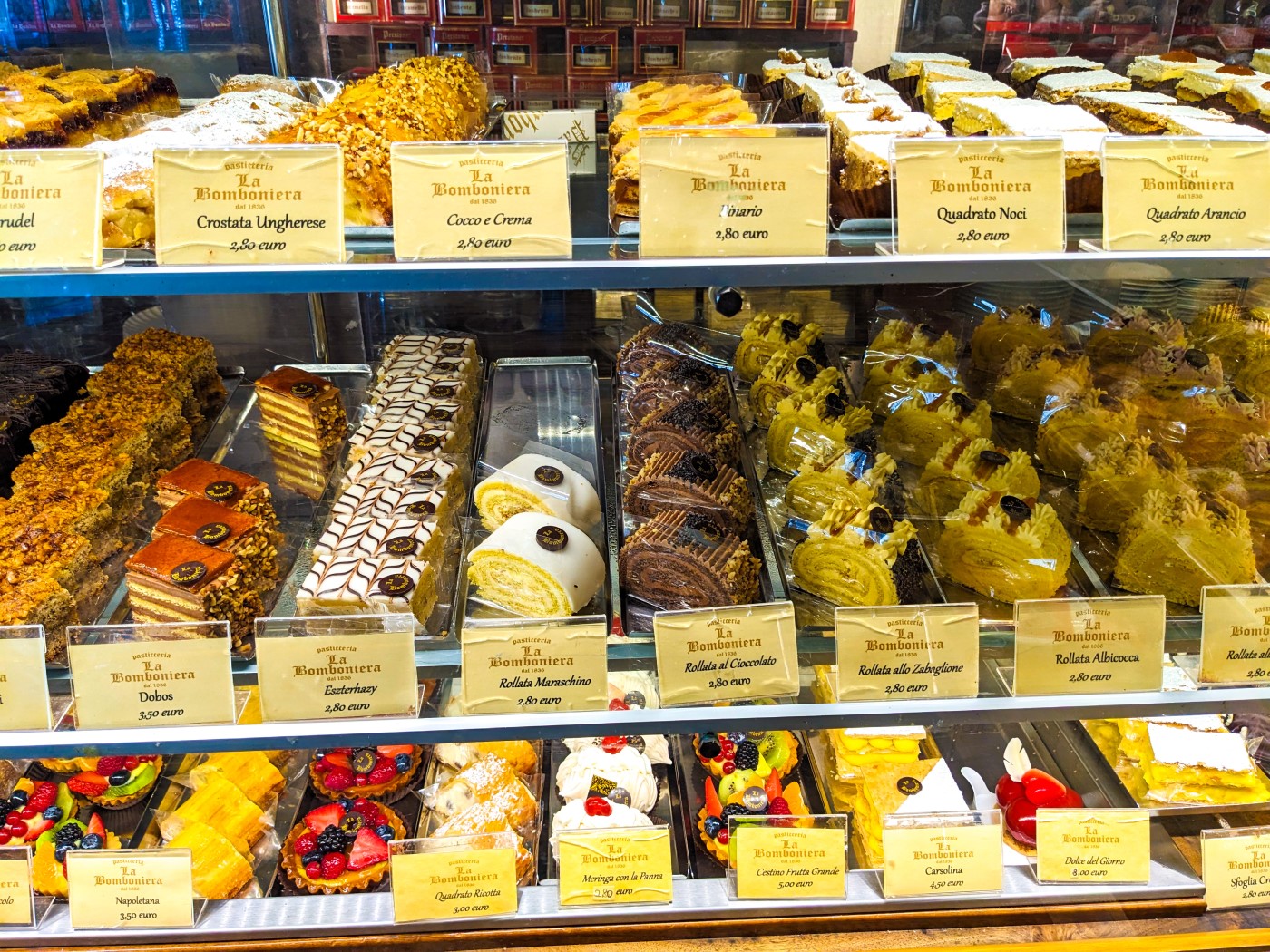




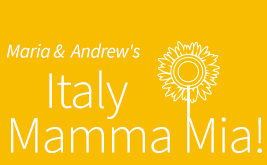
New! Comments
Have your say about what you just read! Leave me a comment in the box below.